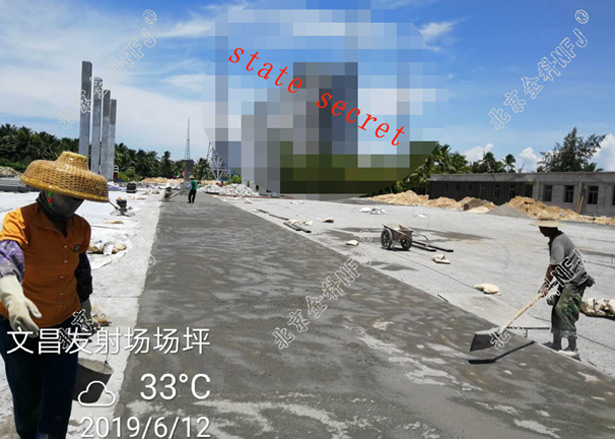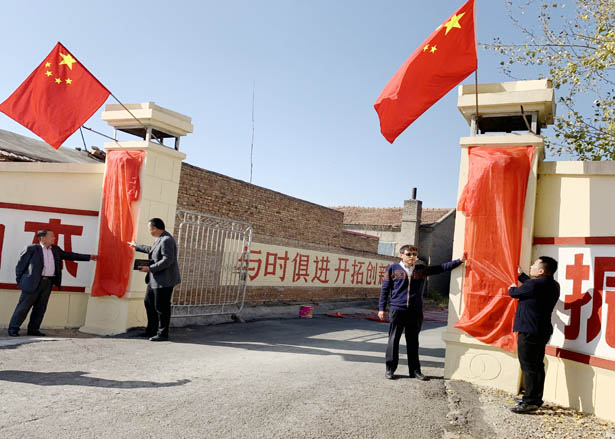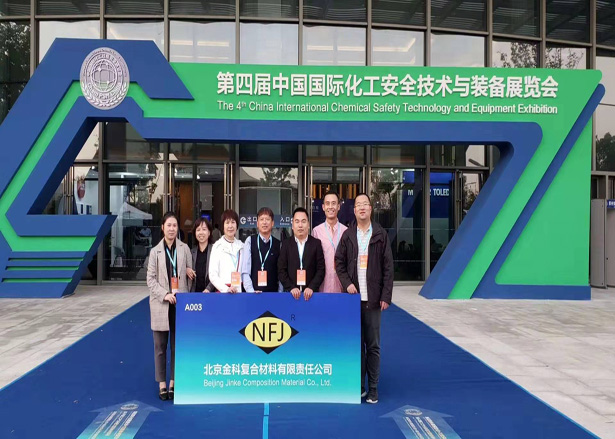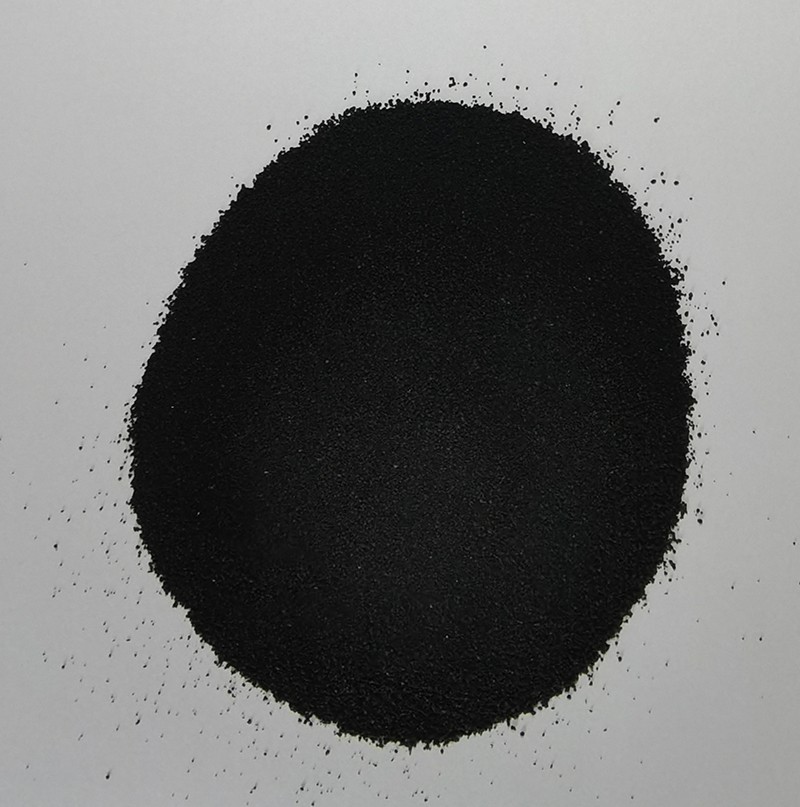## Understanding High-Temperature Ceramic Friction Powders
High-temperature ceramic friction powders represent an advanced and resilient solution for a variety of manufacturing applications, particularly in industries that demand enhanced durability and performance under extreme conditions. These specialized powders are composed of ceramic materials, such as alumina, zirconia, or silicon carbide, which are known for their exceptional thermal stability and low wear characteristics.
The working mechanism of high-temperature ceramic friction powders hinges on their ability to withstand heat and friction without degrading. When exposed to high temperatures—often exceeding 1000 degrees Celsius—these materials maintain their integrity, providing consistent frictional properties. This is crucial in applications such as aerospace brake systems, automotive clutches, and industrial machinery where high-performance and reliability are paramount.
Key components of high-temperature ceramic friction powders include the primary ceramic materials and various additives such as metal fibers or lubricants. The selection of these raw materials greatly influences the performance characteristics of the final product. For example, the inclusion of silicon carbide can enhance the wear resistance, while specific lubricants can improve the powder's coefficient of friction.
The advanced technology employed in the production of these friction powders facilitates efficient and precise manufacturing processes. Techniques such as hot isostatic pressing (HIP) and advanced sintering methods are utilized to ensure optimal particle size distribution and homogeneity. This meticulous attention to detail in the production process results in a material that exhibits predictable performance characteristics, thereby reducing failure rates in critical applications.
In practical terms, one can observe the application of high-temperature ceramic friction powders in aerospace brake systems. These systems are subjected to extreme heat and pressure during operation. The ability of ceramic friction powders to perform reliably under such conditions not only improves safety but also enhances the longevity of the braking components, leading to reduced maintenance costs. Similarly, in automotive applications such as clutches, the use of these powders can lead to smoother operation and improved fuel efficiency, demonstrating their value across various sectors.
In conclusion, high-temperature ceramic friction powders are a vital component in modern manufacturing, driving innovation and efficiency in applications demanding high durability and resistance to extreme conditions. Their advanced production technologies ensure that suppliers can deliver high-quality materials suited for the most challenging environments. For more information or to discuss your specific needs, please contact us.
Show More >>
PRODUCTS
You are welcome to contact us at any time, please write the message here and we will reply you in 24 houre. thanks foryour support.



